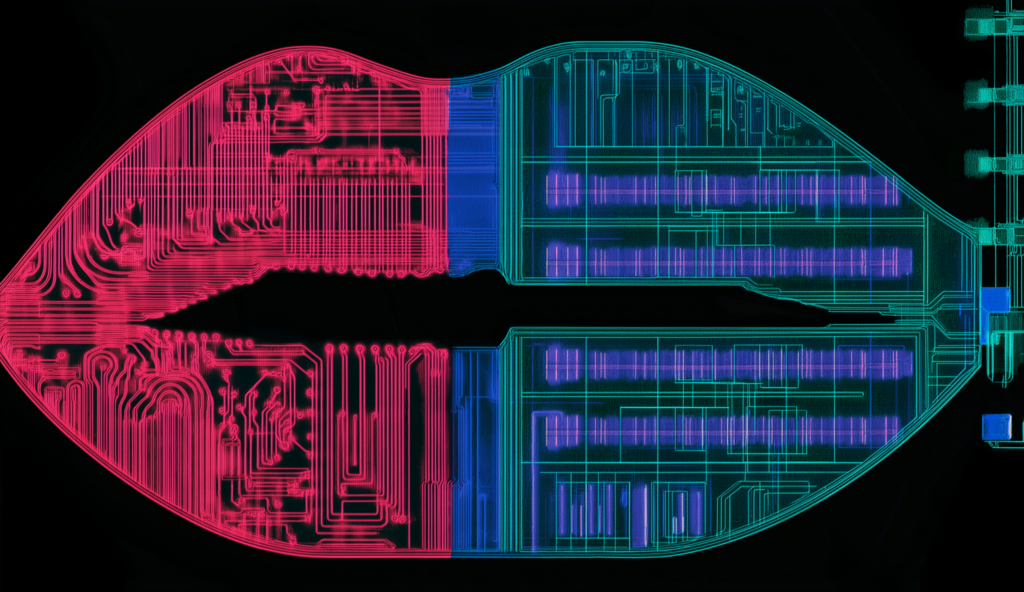
Augmented Imagination: Reframing Creativity with AI
A thought-provoking conversation on AI’s role in augmenting - not replacing - human creativity, with Andrea Filippi and Gabriele Moschin
A thought-provoking conversation on AI’s role in augmenting - not replacing - human creativity, with Andrea Filippi and Gabriele Moschin
How do you see AI as a creative partner, rather than a tool or threat, in your own process?
AI should not be simplistically categorized as a mere tool, nor demonized as an existential threat. As Heidegger noted, technology is fundamentally neutral—but neutrality is not passivity; it is a potential charged with ambiguity. In our praxis, AI becomes a co-authorial force—neither subservient nor autonomous, but interstitial. It expands the horizon of imagination through a concept we call Augmented Imagination: a symbiosis of human intentionality and machinic generativity.
The anxieties surrounding AI echo ancient warnings—Prometheus unbound, punished for transgressing the limits of technē. As with nuclear power, AI holds both illumination and annihilation. But in its most poetic articulation, it may be our chance not to escape labour, but to transcend it. To borrow from Moravec’s vision, the hope is not just automation, but liberation—from drudgery, from repetition, from the myth of human supremacy over creation itself.
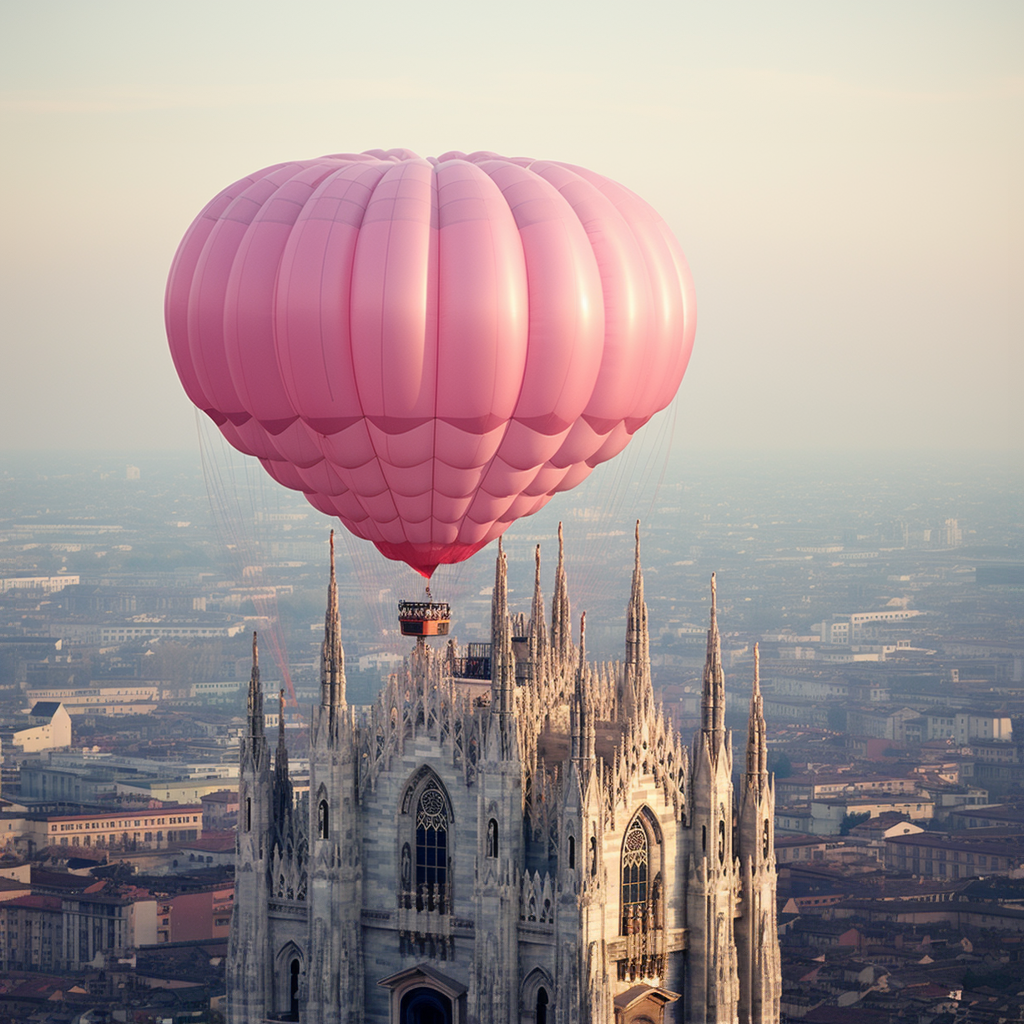
A DOM A DAY, 2024
Can you give us some examples where AI helped you push creative ideas further than you could have alone?
In every artistic domain, from conceptualization to execution, AI has acted as a catalytic force. In our projects such as Poesie dalla Macchina Pensante and La Grifola Frondosa, AI operated as a multiplier—of iterations, of variations, of aesthetic potential. The sheer volume of generated content in these artworks, surpassing even entire departments at major academic institutions, speaks not to mechanized overproduction but to the fluid expansion of a design consciousness unbounded by flesh.
What emerges is not merely more—but other. Ideas we would not, could not, have reached alone. The machine is no longer a mirror. It is an metaphorically an oracle— cryptic, capricious, collaborative, destabilizing, astonishing.
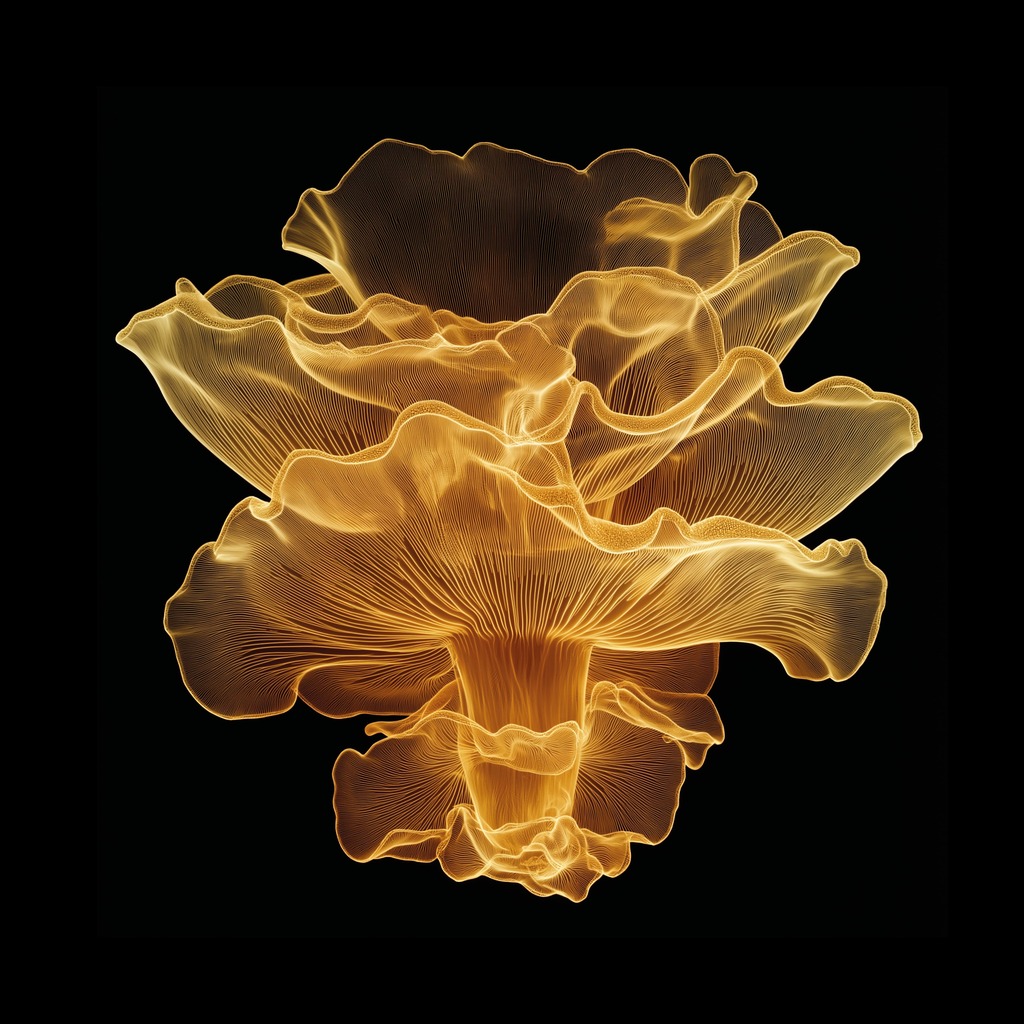
Grifola Frondosa, 2025
Where do you draw the line between what the human should lead and what AI can assist with?
The very act of drawing a line presupposes separation. But what if the border is dynamic —oscillating, permeable, recursive? We prefer the metaphor of orbit: AI should circle the human, refract their gestures, but never intersect the sanctity of body or psyche.
We oppose a cyborgian logic that sees the body as a vessel to be breached. Against the pharmaceutical and algorithmic incursions into somatic sovereignty, we argue for creative autonomy. Not technophobia, but technodignity.
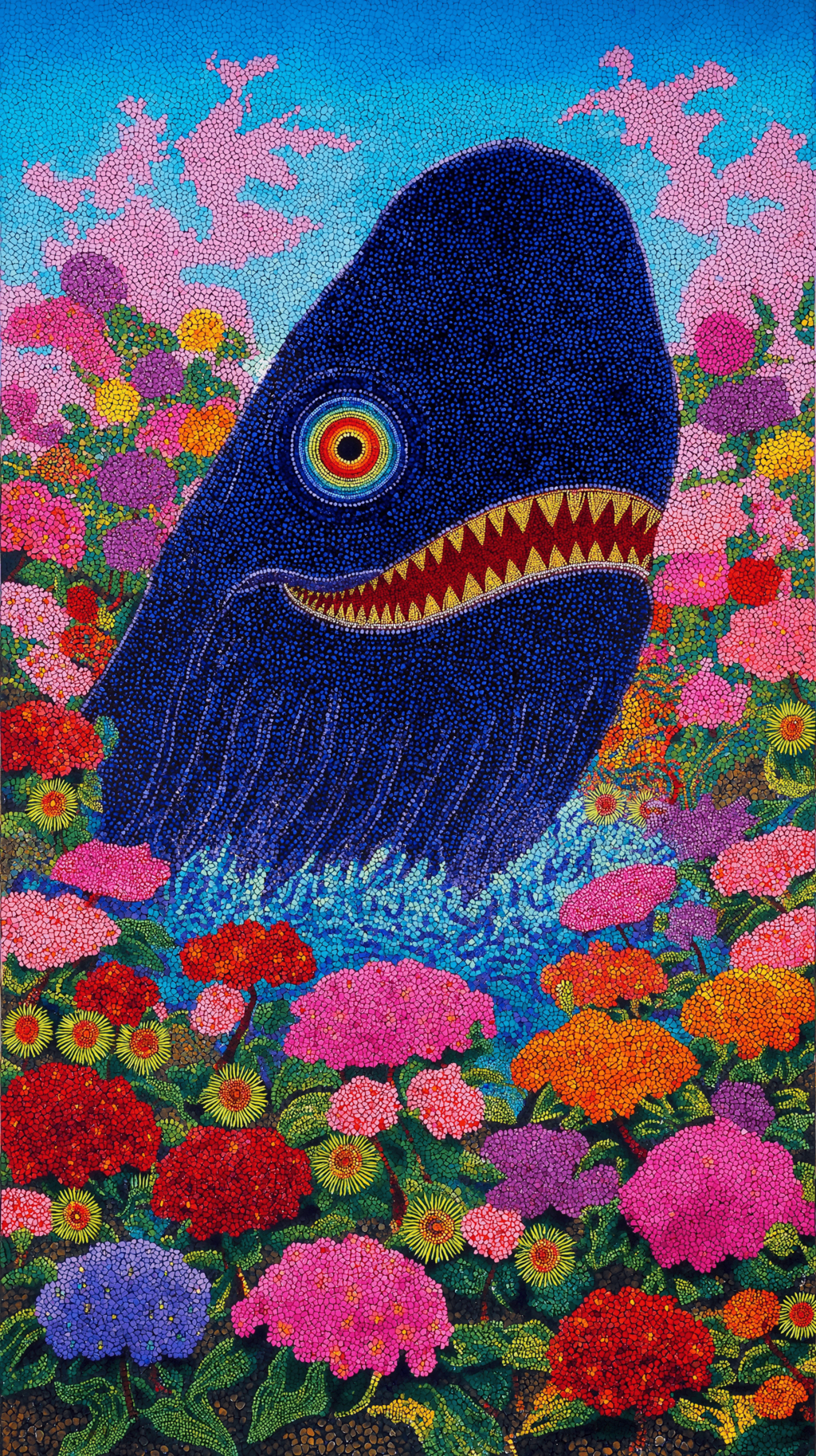
Valium valley, 2025
In packaging design, where do you see the most exciting potential for AI to enhance creativity?
AI’s potential resides precisely in its unpredictability. It does not emulate the biochemical intricacy of cognition—it simulates through electronic abstraction. Neural networks, conceived by McCulloch and Pitts in 1943, are architectures of electricity—not life. They operate by analogy, not homology.
And yet, in this reductionist logic lies a paradoxical vitality. The outputs of neural systems exhibit “heterogony of ends” —the unintended emergence of novelty. Connections unimagined by human minds generate visual forms that defy convention. In packaging design, this leads to aesthetic ruptures—serendipitous patterns, evocative motifs, surreal grammars of colour and structure.
Our work for Packaging Première & PCD Milan 2025 began with an x-ray of a Fiskars blade—and culminated in an entire semiotic universe. That is not automation, it is a methodology of selection. That is a complex hybrid in between poetry, aesthetics and coding.

From AI to AI, 2024
Could AI help solve practical challenges in packaging—like sustainability, speed to market, or testing consumer response?
Certainly, though our primary concern is not operational optimization. However, in logistical chains and real-time feedback ecosystems, AI is indispensable. To ignore it is to choose obsolescence. Efficiency is not our battlefield—but it is AI’s natural terrain.
What would you say to designers who fear AI will make their craft irrelevant, especially in a visually driven field like packaging?
To fear is human. But fear without study is ignorance. We would urge these designers to confront the source of their anxiety—not to flee it. Anticipation comes from ante-capere: to grasp in advance. Understanding dissipates dread.
And let us be honest—no one has to use AI. There were Masaccio, and there was Masolino. One looked forward, the other back. The history of art is not a single path—it is a forest of forking trails.

Dreams of acceleration, 2025
Do you think AI is changing our definition of originality or authorship in design?
No. Authorship has always been a fiction—necessary, beautiful, but constructed. Every artwork is haunted by the collective unconscious, by tradition, by influence. If you are truly original, others will inevitably copy you. And if they don’t, you were never original to begin with. Always against copyright, always ready to pass the class assignment to someone who is less good.
What might a successful, ethical future collaboration between AI and human creatives look like?
It will demand that we both become less human—and more human. Less ego, more empathy. Less control, more curation. Ethics is not about limits—it is about depth. A future where AI and human creativity coexist ethically is one where each respects the opacity of the other.
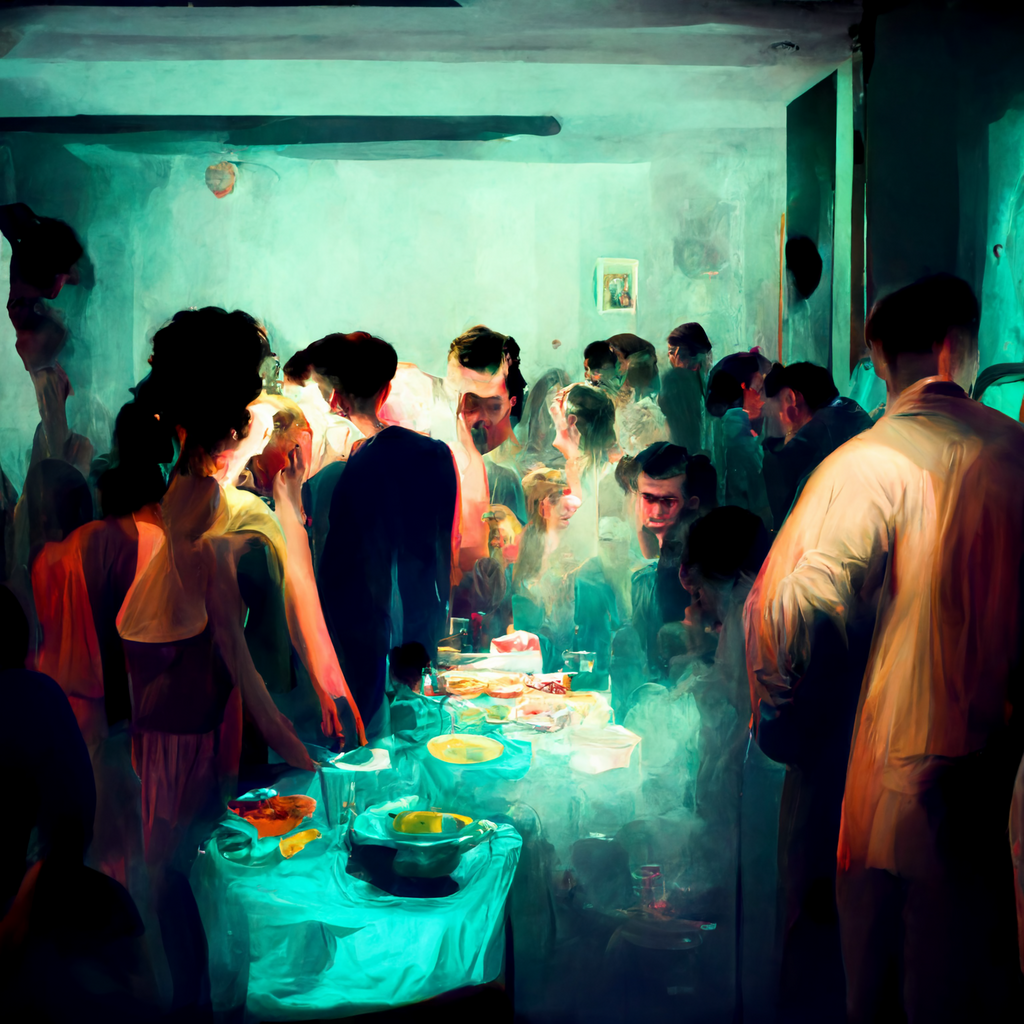
Milano da bere, 2023
Can AI play a role in enhancing, not replacing, the emotional layer of a design?
Yes—but it may also replace it. And perhaps that is not a catastrophe. Emotion, too, can be simulated—what matters is not origin, but resonance. As Moravec suggested, when the floodwaters of automation rise, we will ascend. Or better, we will levitate—becoming lighter, not lesser. In the end, the task is not to defend the human against the machine, but to let both dissolve into a new plane of creativity. Not post-human , but trans-aesthetic .
About the artists
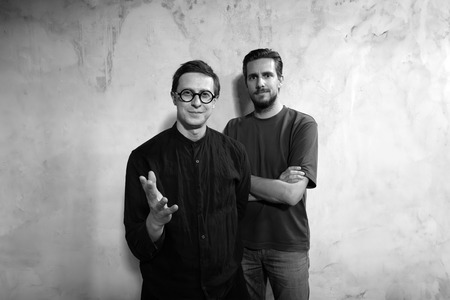
Andrea Filippi and Gabriele Moschin are an artistic duo who push the boundaries of creativity by using Machines as a tool for Beauty.
In March 2023, they co-authored “Poesie dalla Macchina Pensante. Liriche dell’AI” , the first book in Italy entirely written and illustrated with next-gen AI. They also recently curated the exhibition “From Artificial Intelligence to Augmented Imagination” at Packaging Première & PCD Milan 2025 , whilst serving as creative directors.
Their recent artistic achievements include the immersive installation “Paper Posh” (Packaging Première 2024), collaborations with Politecnico di Milano for Digital Design Days Milan 2024 , and participation in VicenzaOro 2024 for “ The Jewellery Trendbook 2026+” by Trendvision. They have also produced commissioned artworks for VO+ Jewels & Luxury Magazine.
They collaborate with leading fashion, jewellery, and design brands, luxury hotel chains, high-profile art fairs, prestigious galleries, and private collectors worldwide.
Regular speakers at international academies and universities, they explore the deep connection between AI, art, fashion, and philosophy—shaping the conversation on the future of creativity.
Find out more about Andrea Filippi and Gabriele Moschin .





